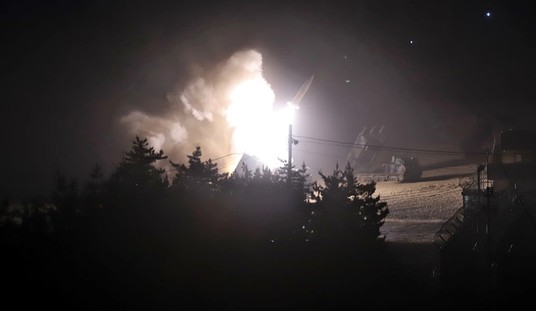The Exxon Valdez, it ain’t. But when I say that, itseems to upset some people.
Only by being rational about assessing the environmental threat from the Deepwater Horizon spill can we be prepared to deal with the consequences.
Journalists, scientists, Congressmen and bureaucrats have been jockeying to see who can make the most calamitous prediction. As an engineer, I compulsively check their claims (because I know that the journalists are incapable of it, the environmentalists refuse to do it, and those in government are motivated by a power-grab).
From the Old Grey Lady:
Giant Plumes of Oil Forming Under the Gulf
Scientists are finding enormous oil plumes in the deep waters of the Gulf of Mexico, including one as large as 10 miles long, 3 miles wide and 300 feet thick in spots. The discovery is fresh evidence that the leak from the broken undersea well could be substantially worse than estimates that the government and BP have given. …
The plumes are depleting the oxygen dissolved in the gulf, worrying scientists, who fear that the oxygen level could eventually fall so low as to kill off much of the sea life near the plumes. …
Given their size, the plumes cannot possibly be made of pure oil, but more likely consist of fine droplets of oil suspended in a far greater quantity of water, Dr. Joye said. She added that in places, at least, the plumes might be the consistency of a thin salad dressing.
Yumm. Pass the balsamic vinaigrette. Even better, let’s check the math…
So just one of the plumes is 10 mi x 3 mi x 300 feet thick? That seems really big.
In fact, it’s 2.5 E+11 cubic feet, or 45 billion barrels of “salad dressing”.
Let’s take a third of that, to allow for thinning of this plume in all dimensions: that leaves 15 billion barrels of oil & sea water emulsion.
The extreme high end of the rate of spill is 80,000 barrels per day (not that I believe that number, which is sixteen times the “official” estimate). Over 28 days, that’s 2.24 million barrels of oil to date.
If all the oil from the biggest spill estimate were in this single plume, crude oil accounts for less than 0.00015 of the volume (that’s 0.015%, or 150 parts per million). That’s about three drops per liter of sea water.
Even given all the most conservative possible assumptions, that’s a mighty weak salad dressing.
We know it’s not right. Much of the oil has made it to the surface, and a lot of that has evaporated. Some has been burned, some has been recovered. You have to question whether oil in water in such a dilute concentration would have the oxygen-depleting effect described in the article. And remember, this is only one of several plumes.
Folks, this is good news. It means the dispersant is working, breaking up the oil into tiny droplets and dispersing them widely. Mother Nature handles dispersed oil all the time, oil from the natural seeps that account for well over half the oil in the marine environment. Bacteria just love the stuff.
Another thing to remember is that agricultural runoff creates a life-choking anoxic “dead zone” in the Gulf of Mexico every summer. The size of these oxygen-depleted zones is usually compared to a Northeastern state (usu. Connecticut or New Jersey, for some reason). The oxygen depletion is a result of too much algae, which is a result of too much nitrogen fertilizer being used in the Midwest, which is a result of our government’s misguided insistence on using food as a motor fuel – corn-based ethanol.
But that’s the topic of another diary.
Oil Spill Reality Check, Part I is here.
Cross-posted to VladEnBlog.













Join the conversation as a VIP Member